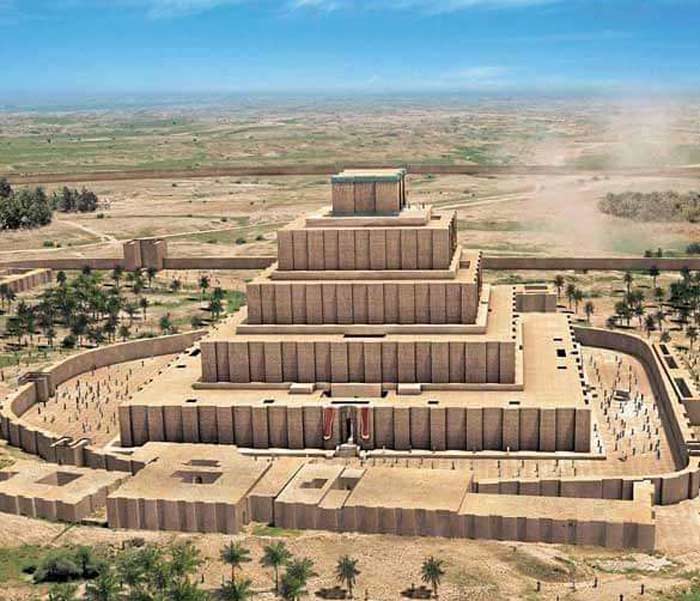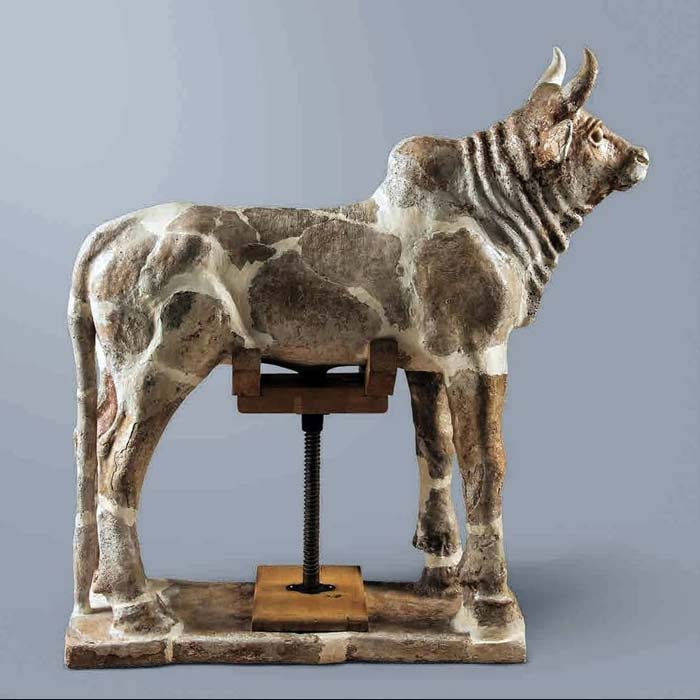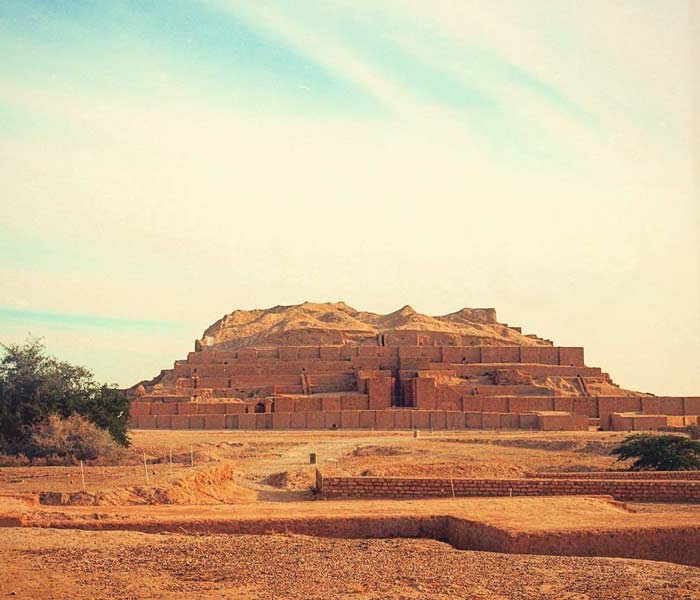Chogha Zanbil Ziggurat | As High As the Sky
Chogha Zanbil Ziggurat is an ancient Elamite religious complex (dating back to 1250 BC) in Khuzestan Province, southwest of Iran. The complex is 30 km southeast of the ancient city of Susa. Ziggurat of Chogha Zanbil is the largest and best preserved epitome of the few ziggurats outside Mesopotamia. In 1979, Chogha Zanbil Iran was inscribed as the first Iranian site on the UNESCO World Heritage list.
Chogha Zanbil Ziggurat: Chogha Zanbil is one of the most precious historical monuments of Iran. Chogha Zanbil meaning is derived from local language that is based on the ziggurat of Chogha Zanbil architecture. To understand the uniqueness of Chogha Zanbil architecture you can go to the section of Chogha Zanbil photos.
Chogha Zanbil history was unfolded by the time when Chogha Zanbil ziggurat was fully discovered. Chogha Zanbil UNESCO registered site is getting more attention than before due to where it is located; the location is Chogha Zanbil western Iran.
If you are planning to visit Iran in the future, we as an Iran tour and travel agency invite you to check out our Iran travel packages as well:
>> Iran Tours 2020 & 2021 (Click Here)
#1 As High As the Sky
Imagine the highest tower and skyscraper you have ever seen.
How did that make you feel?
Glorious? Weird? Scared? Magnificent?

A 3D-Model Of Chogha Zanbil Ziggurat
Well, back in the Elamite dynasty (2000 BC) the great Chogha Zanbil Ziggurat was a Jaw dropping monument. People of that era had never seen a 52-meters-high building. We will take to the behind-the-scenes of this outstanding construction to be able to comprehend it as the Elamites did.
#2 Chogha Zanbil Meaning
During couple of years before the excavation of Chogha Zanbil Ziggurat started, when local people passed by where the Chogha Zanbil is today they saw a giant hill looking like a basket.

Since this ziggurat of Chogha Zanbil Iran was on a daily road they had to name it to not get lost and to be able to give an address. Thus the Chogha Zanbil meaning in the local native language is as Chogha that means hill/mound and Zanbil which means basket.
For almost 2500 years no one knew what a history was lying underneath…
#3 Pyramid or Ziggurat of Chogha Zanbil?
What does “ziggurat” mean?
A ziggurat is a square or rectangular shaped construction usually consisting of multiple stories and flats. The largest discovered and known ziggurat is the ziggurat of Chogha Zanbil Iran.
* Ps. Do not mistake a ziggurat for a pyramid because:
- Pyramids represent simply tombs or burial grounds while ziggurats are more of temples for gods.
- Pyramids were for Egypt while ziggurats belonged to ancient Mesopotamia
- And it is said that ziggurats had had temple tops while pyramids don’t have any; just a converging point for its sides.
#4 Chogha Zanbil History
When a British petroleum company was searching for oil in the area of the Khoozestan province in 1935 they accidentally discovered what were thought to be a sand mound. You can see the Chogha Zanbil photos before and after excavation below:
The French archaeologist Roman Ghirshman was in charge to unfold the Chogha Zanbil history and to do research on this hill during 1951 to 1961. His discoveries unfolded many mysteries of the Elamites history; this ziggurat of Iran.
The known Chogha Zanbil Ziggurat was called “Dur Untash” (the Untash city or fortress) during the reign of the great Elamite (539 – 2700BC) king “Untash Napirisha” or “Untash Gal” in the 13th century BCE.
#5 The Patron of Chogha Zanbil
A temple dedicated for the praise of the god “Inshushinak” (patron of Susa) and “Napirsha” (god of Anshan). The Untash city or Chogha Zanbil Ziggurat was centred around a giant ziggurat. Only the priests and royalty could enter the upper levels of the ziggurat.

The Dur Untash was an important city due to its holy status and the residence of the royalty. Pilgrims would go there for rituals and to make sacrifices for their god’s protection.
#6 The End of Chogha Zanbil Ziggurat
The city never got the chance to be completed when the Untash Naprisha died; Ghirshman states this according to thousands of unused bricks left in the areas of the city. The tragic ending of the city was marked by Ashurbanipal, the Assyrian king in 640 BCE.
#7 Chogha Zanbil UNESCO
Another major even in the Chogha Zanbil history is that this monument is one the first three historical national sites of Iran that was registered as a UNESCO site in 1979.
#8 Ziggurat of Chogha Zanbil Architecture
Ziggurat is a Mesopotamian architecture – mostly sacred – during the Elamite, Babylon, and Assyrian dynasties.
Ziggurat of Chogha Zanbil architecture is unique and different with the other ones in Mesopotamia. It used to have 5 floors. Each of them was erected vertically from the foundation level as a series of concentric towers except the fifth one which was built on the fourth floor and was a temple.

Of these five floors which made the building 52 meter high only about 25 meters is left, however, the Chogha Zanbil ziggurat is the largest and most preserved ziggurat discovered.
· Other characteristics of the ziggurat of Chogha Zanbil:
- This ziggurat of Iran has 3 enclosure adobe walls; one around the ziggurat, on around the outer part where the palaces were located, and the last one around the whole perimeter.
- The royal gateway was on the east side of the last enclosure wall near the palaces.
- Between the 2nd and 3rd wall there were one of the oldest water supply facilities.
- The ziggurat itself is a perfect square with dimensions of 105*105 meters
- Three round alters which some scholars argue to be sundials adding extra value to Chogha Zanbil history
- Footprint of an Elamite child that is accidentally preserved for almost three millennia
- A line of baked bricks with cuneiform writings all around the ziggurat wall containing the story of the construction of Dur Untash and this ziggurat along with the name of Untash Napirisha or Untash Gal

The following text is the translation of the cuneiform dated 1250 BC by Untash Napirisha the king of Dur Untash:
“I am Untash, son of Hubanumna, the king of Anshan and Susa. After obtaining the construction materials, I built the Untash city and this holy sanctuary, and I enclosed it with interior and exterior walls. I have built a high temple never before tried by any other kings and I have dedicated it to the holy god of Inshushinak. May this building and my effort be dedicated to him and mercy and justice of Inshushinak be prevailed here.”
Chogha Zanbil Opening Hours
Everyday 7:30 AM to 7 PM
1 Comment
Nicole · July 9, 2019 at 10:07 am
I visited this monument in Fall 2016. Although it may look like ruins, the majesty can impress you. My guide gave me a lot of information about the history of this monument and era, which added to its appeal! definitely worth a visit, although it is off the classic route